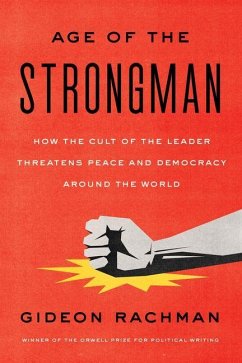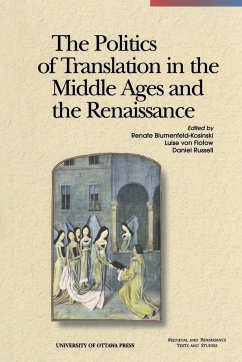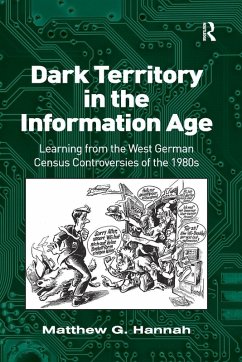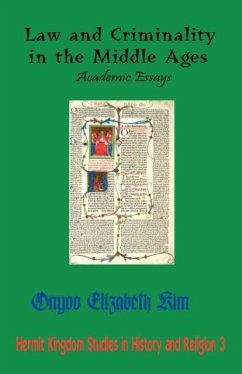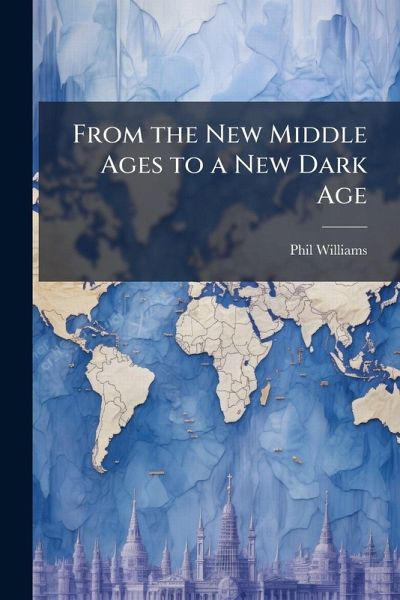
From the New Middle Ages to a New Dark Age
Versandkostenfrei!
Versandfertig in über 4 Wochen
16,99 €
inkl. MwSt.
Weitere Ausgaben:

PAYBACK Punkte
8 °P sammeln!
Security and stability in the 21st century have little to do with traditional power politics, military conflict between states, and issues of grand strategy. Instead they revolve around the disruptive consequences of globalization, declining governance, inequality, urbanization, and nonstate violent actors. The author explores the implications of these issues for the United States. He proposes a rejection of "stateocentric" assumptions and an embrace of the notion of the New Middle Ages characterized, among other things, by competing structures, fragmented authority, and the rise of "no-go" zo...
Security and stability in the 21st century have little to do with traditional power politics, military conflict between states, and issues of grand strategy. Instead they revolve around the disruptive consequences of globalization, declining governance, inequality, urbanization, and nonstate violent actors. The author explores the implications of these issues for the United States. He proposes a rejection of "stateocentric" assumptions and an embrace of the notion of the New Middle Ages characterized, among other things, by competing structures, fragmented authority, and the rise of "no-go" zones. He also suggests that the world could tip into a New Dark Age. He identifies three major options for the United States in responding to such a development. The author argues that for interventions to have any chance of success the United States will have to move to a trans-agency approach. But even this might not be sufficient to stanch the chaos and prevent the continuing decline of the Westphalian state. This work has been selected by scholars as being culturally important, and is part of the knowledge base of civilization as we know it. This work was reproduced from the original artifact, and remains as true to the original work as possible. Therefore, you will see the original copyright references, library stamps (as most of these works have been housed in our most important libraries around the world), and other notations in the work. This work is in the public domain in the United States of America, and possibly other nations. Within the United States, you may freely copy and distribute this work, as no entity (individual or corporate) has a copyright on the body of the work. As a reproduction of a historical artifact, this work may contain missing or blurred pages, poor pictures, errant marks, etc. Scholars believe, and we concur, that this work is important enough to be preserved, reproduced, and made generally available to the public. We appreciate your support of the preservation process, and thank you for being an important part of keeping this knowledge alive and relevant.




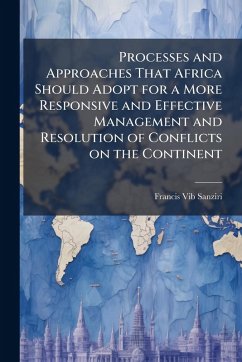
![A Full Exposure of the C.B.S. or Dark Lantern Association [microform]: Containing the Proceedings of This Secret Political Society, Letters, Correspon Cover A Full Exposure of the C.B.S. or Dark Lantern Association [microform]: Containing the Proceedings of This Secret Political Society, Letters, Correspon](https://bilder.buecher.de/produkte/66/66184/66184139n.jpg)


